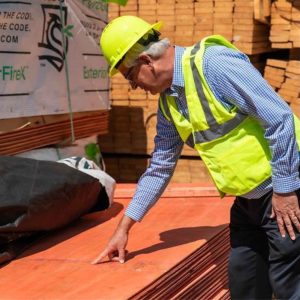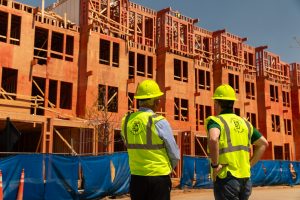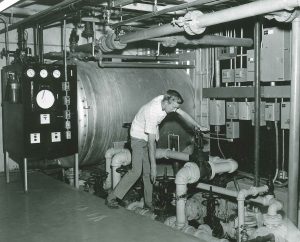Promoting fire-safe solutions for high-profile and high-occupancy projects.
June is National Safety Month, a timely reminder of the need to protect the spaces where people live, work and play. For schools, hospitals, and other essential buildings, fire safety isn’t optional, it’s essential. And when it comes to reducing risk while maintaining design flexibility and sustainability, fire-retardant-treated wood (FRTW) continues to prove its value.
The Rising Need for Increased Fire Performance
The number of wildfires has declined over the past few decades, but the damage they cause has only increased.
In 1999, roughly 85,000 wildfires burned around 6 million acres. By 2020, fewer than 60,000 fires scorched nearly 8 million acres.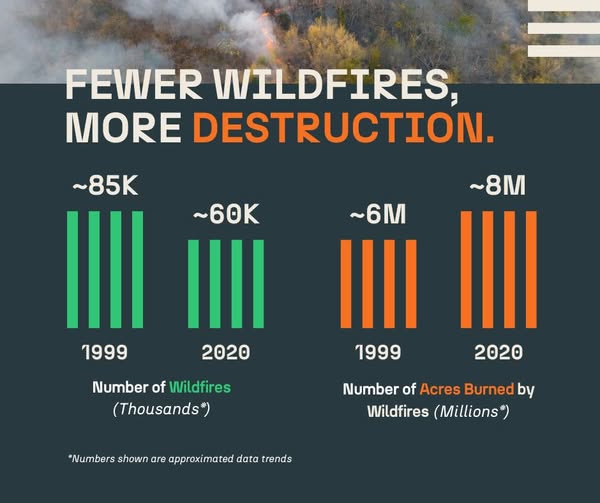
The threat of fire is not new, but its scale continues to escalate. In 2021, fire departments in the United States responded to more than 1.3 million fires, resulting in nearly $16 billion in damage. That data point still echoes today, as wildfires and structural fires remain persistent threats in nearly every region. Builders, owners and code officials are increasingly looking for materials that deliver performance and resilience without compromising sustainability or design goals.
How It Works—and Why It Matters
FRTW products like PyroGuard™ and ExteriorFireX™ are pressure-impregnated to reduce flame spread and smoke development. These materials help slow the advance of fire, retain structural integrity longer than untreated alternatives, and meet rigorous building code requirements across jurisdictions.
- For indoor applications, PyroGuard™ is UL-Classified and tested for minimal flame spread and low smoke development.
- For exterior applications, ExteriorFireX™is also UL-Classified and designed to perform reliably in humid, wet, and exposed weather conditions.
What sets these products apart is the ability to meet code while also aligning with sustainability goals. Unlike steel and concrete, FRTW has a lower carbon footprint and remains structurally sound under extreme fire conditions.
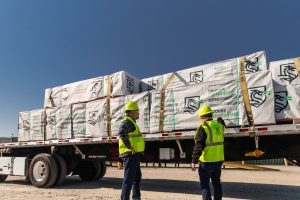
Built-In Compliance for Complex Projects
With evolving codes and growing adoption of the International Code Council, International Wildland Urban Interface Code (IWUIC), ignition resistant building materials are no longer a nice-to-have. Many state and local jurisdictions now require or strongly recommend FRTW, especially in dense or wildfire-prone zones. These requirements are reshaping how projects are designed — from the spacing of buildings to the choice of cladding and structural components.
Hoover’s FRTW solutions are helping teams meet these codes efficiently, with proven performance backed by third-party testing and decades of product innovation.
FRTW in Action: Trusted in the Nation’s Most Visible Projects
FRTW has earned its place in some of the country’s most prominent projects. It’s been specified in world-class venues, university pavilions, civic institutions and major sports facilities — all environments where safety, longevity and compliance are paramount.
Projects like the Obama Presidential Center, the electronics room at the Buffalo Bills’ new stadium, and the CoARCH Pavilion at the University of Nebraska reflect how leading design teams are integrating FRTW into their plans. In many of these projects, Hoover’s pressure-impregnated fire-retardant-treated wood products offer critical fire protection.
Safety for the Spaces That Matter Most
From hospitals and schools to stadiums and civic centers, the expectation is clear: public and private sector projects must go beyond the minimum when it comes to safety. FRTW gives architects and contractors the tools they need to rise to that challenge.
This National Safety Month, the call is simple. Build with safety in mind. Use materials that don’t just meet the standard — they raise it.

